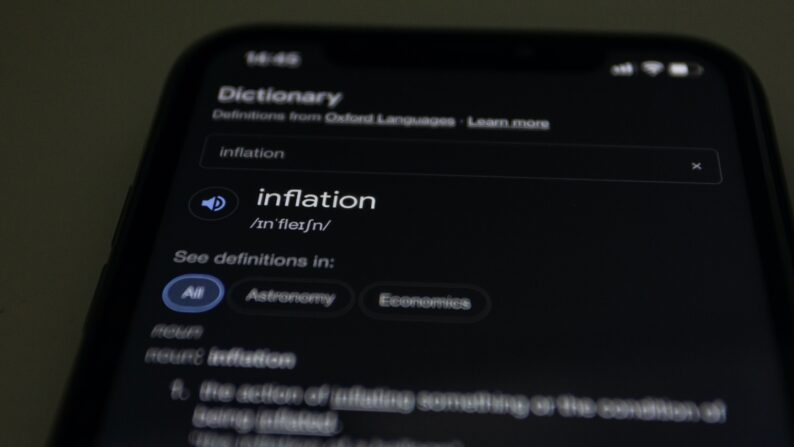Nonfarm business sector labor productivity—measured as output produced per hour worked—decreased 2.7% in the first quarter of 2023 as output increased by 0.2% and hours worked increased by 3.0%. This quarter marks the first time the four-quarter change in productivity has remained negative for five consecutive quarters; the series goes back to 1948 Q1. A decline in labor productivity growth is not great news for the labor markets as it signals that businesses might not be able to absorb the increasing cost of labor without having to increase their output prices and fuel inflation higher.
Despite a sizable decline in 2023 Q1, labor productivity is back to its pre-pandemic trend. Currently the labor productivity index stands at nearly the same level that it would have been in absence of the pandemic. Accelerated adoption of technology during the initial phases of the pandemic shifted the labor productivity level higher throughout 2021 and the first half of 2022. However, even with some normalization of labor productivity happening since the second half of 2022 and layoffs remaining low, U.S. workers still produce more in a given hour than they did before the pandemic. And, given that layoffs have been increasing as the economy slows down and businesses adopt various cost-cutting measures, including labor costs, we are likely to see the overall labor productivity level in the U.S. workforce remain aligned with its long-term upward trend.
The unit labor cost, which is the cost of labor per unit produced, increased substantially over the quarter, well above the inflation level for the same period. Unit labor costs in the nonfarm business sector increased by 6.3% in the first quarter of 2023, reflecting a 3.4% increase in hourly compensation and a 2.7% decrease in productivity. This is a concern for the economy, as an increase in unit labor costs can fuel inflation. Moreover, an increase in unit labor costs that is higher than inflation also increases the purchasing power of consumers, which fuels services inflation right now. Therefore, the Fed closely monitors the relationship between unit labor costs and inflation to ensure that wage growth is in line with inflation and that inflation is on track to meet the long-term target rate of 2%.









